Dates:
Location:
Shaw Ruddock GallerySelected Works
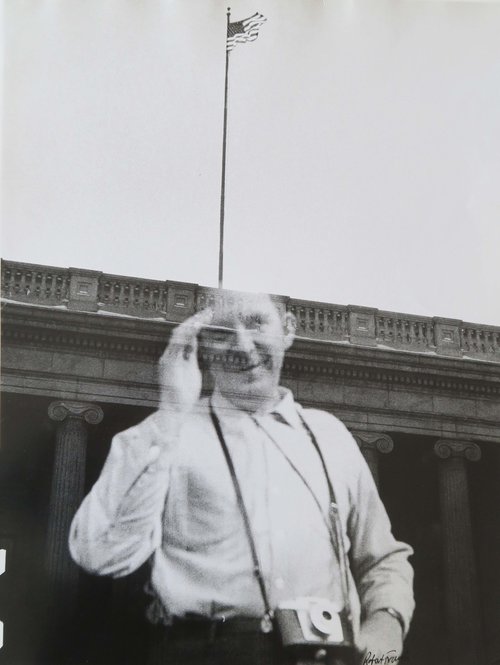
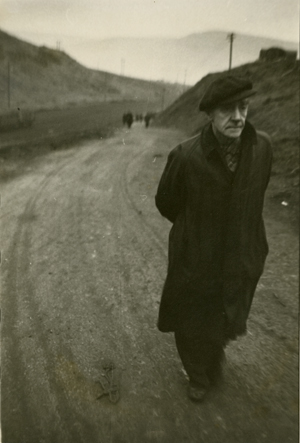
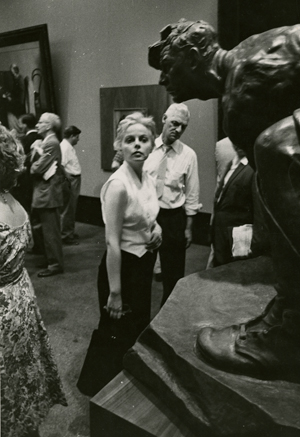

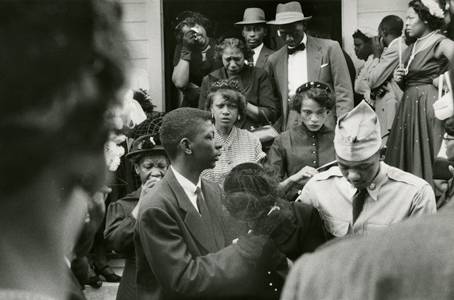
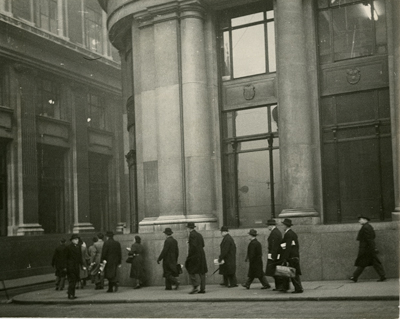
About
In 1951, four years before the Swiss-born photographer Robert Frank (born 1924) began work on his most famous series, The Americans, he stated, “When people look at my pictures I want them to feel the way they do when they want to read a line of a poem twice.”
The Americans, comprising 83 photographs culled from more than 27,000 that Frank shot careening around the country in a second-hand Ford coupe, has often been identified as the most influential photography book of the twentieth century. Frank’s quick-reflex, camera-vérité style shocked some traditional critics (one writer complained about his “drunk horizons”), but it was at heart straightforward, at least to Frank: “I was tired of romanticism,” he explained. “I wanted to present what I saw, pure and simple.” The impact was overwhelming. The exposure of melancholy and alienation lurking behind the scrim of red, white, and blue altered our awareness of ourselves as a country. It also altered our understanding of what photography could do, to a degree that could be inspiring, but also daunting.
The Americans retains its power today, full force. But its emblematic status makes it perhaps not the best place to delve deeper beneath the surface of Frank’s method and his art. Images read so often are hard to read for the second time. This selection of farther-flung work lent by the Pennwick Foundation offers a fresh chance to peer sideways into an oeuvre that is usually encountered head on. Nearly sixty years after the debut of Frank’s iconic paean to America, these photographs provide an essential way to read the great poem twice.
This exhibition was organized with Bowdoin faculty members Michael Kolster, Russ Rymer, and students in the spring 2016 seminars, “Writing Creative Nonfiction Through Photography” and “Documentary Photography.” Financial support is provided by the Elizabeth B.G. Hamlin Fund and a generous gift from Martha F. and Richard E. Burns ’58
All of the photographs in this exhibition are lent by the Pennwick Foundation. The Museum appreciates greatly their generosity.
The Pennwick Foundation was founded in 2008 as a not-for-profit organization dedicated to broadening public awareness of fine art, photography, and film through a variety of exhibitions and publications. The core of the Pennwick Foundation's material consists of an extensive array of German Expressionist periodicals and illustrated books and a significant holding of Robert Frank photographs. Please visit their website: http://www.thepennwickfoundation.org.
Press
Time Magazine Lightbox exhibition, "The 32 U.S. Photo Exhibitions You Can't Miss." Subtitled "From Maine to Missouri, New York and Texas." Robert Frank: Sideways is slide #9.
Multimedia Resources
View a recording of the lecture, "Robert Frank: Nobody's Home."
Sarah Kennel, curator of photography at the Peabody Essex Museum in Salem, Massachusetts, spoke at Bowdoin College on the photography of Robert Frank in conjunction with the exhibition Robert Frank: Sideways on September 15, 2016.

